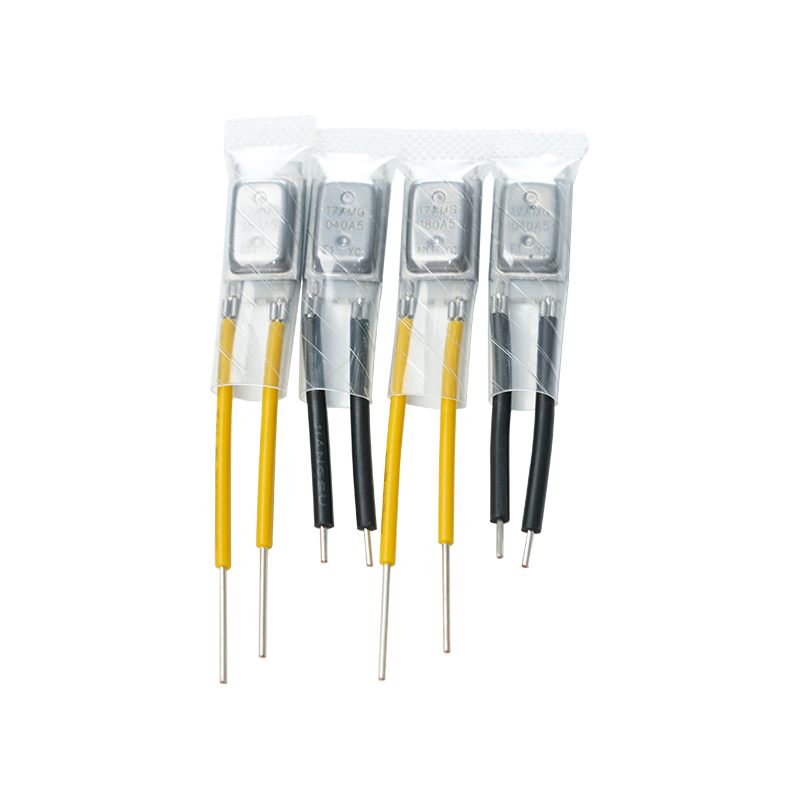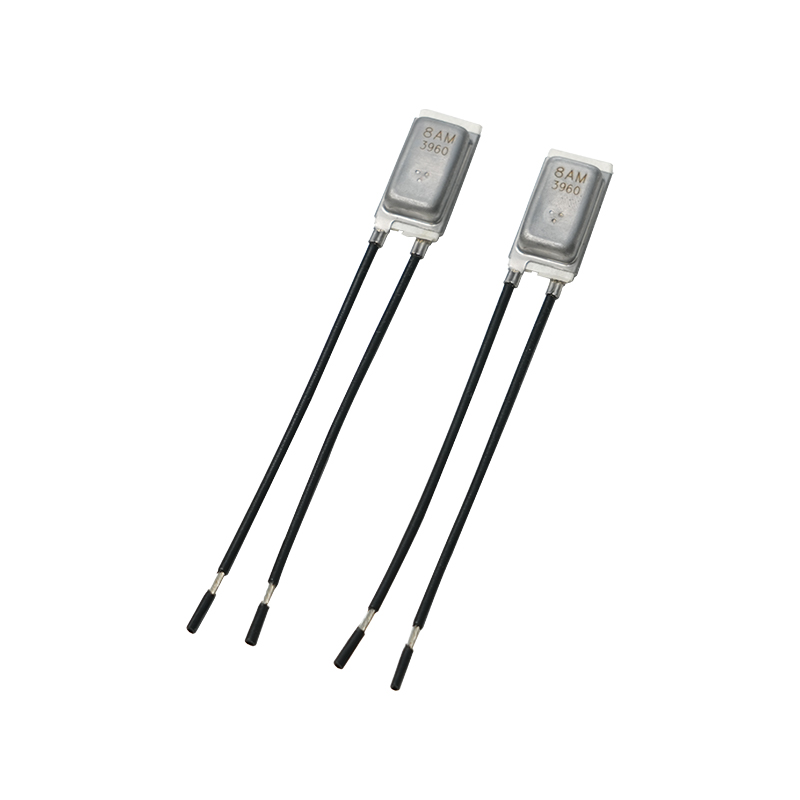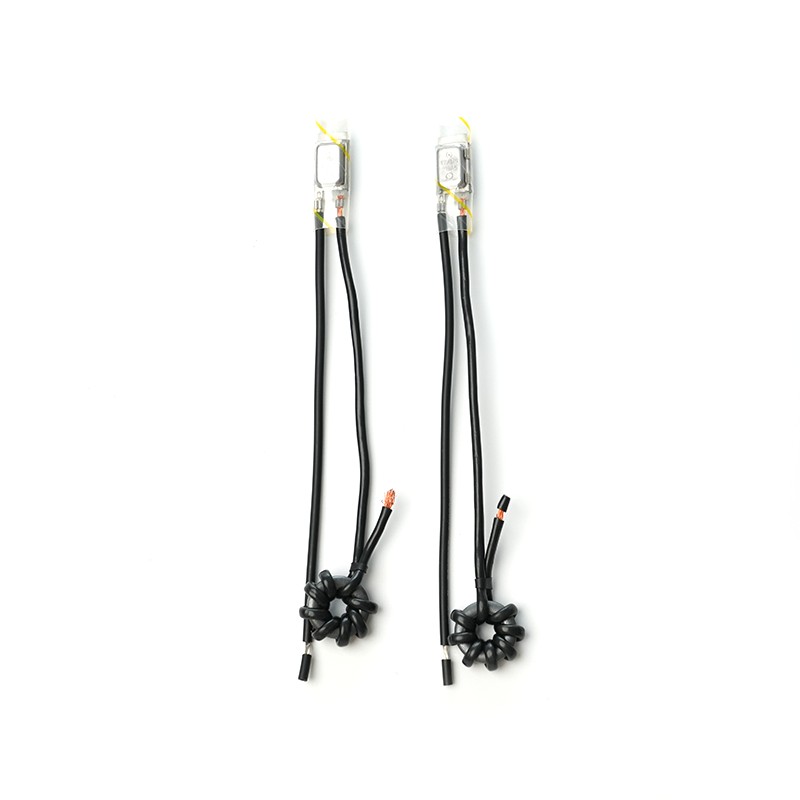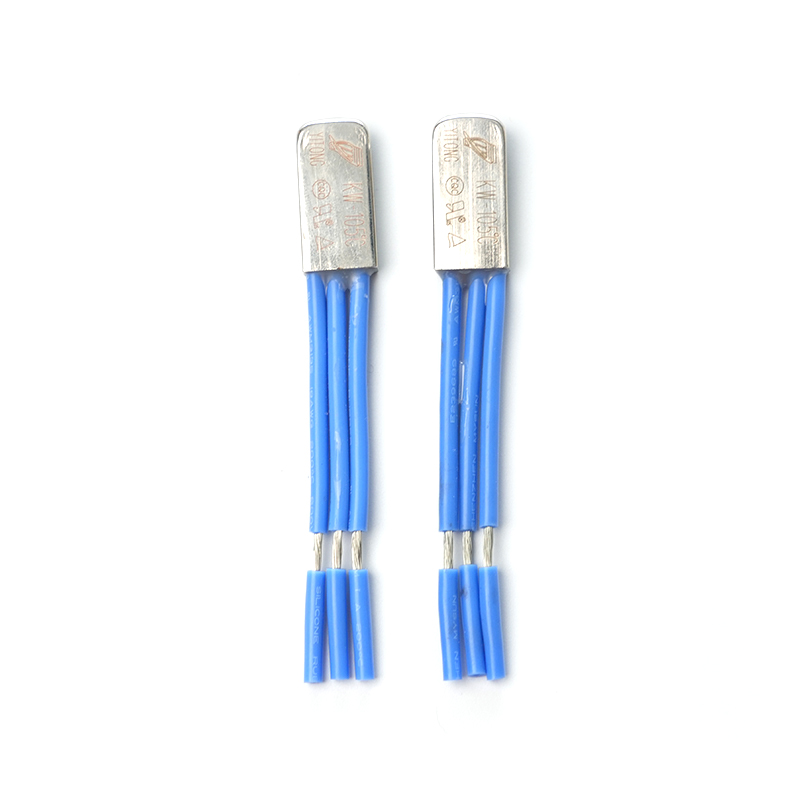What Is a Snap Switch Thermostat and How Does It Work?

A thermostat is an essential device used to regulate temperature in various applications, from household appliances to industrial equipment. Among the many types of thermostats, the snap switch thermostat stands out for its reliability, simplicity, and quick response.
1. What Is a Snap Switch Thermostat?
A snap switch thermostat is a type of mechanical thermostat that uses a bimetallic strip combined with a snap-action switch to control electrical circuits based on temperature changes. When the temperature reaches a preset level, the bimetallic element snaps from one position to another, activating or deactivating the switch. This quick “snap” action helps prevent contact chatter and ensures reliable temperature control.
2. Construction and Components
The primary components of a snap switch thermostat include:
Bimetallic Strip or Disc: Made of two metals with different coefficients of thermal expansion bonded together. When heated or cooled, it bends or snaps due to differential expansion.
Snap Switch Mechanism: A micro-switch or snap-action switch actuated by the movement of the bimetallic element.
Adjustment Mechanism: Allows setting the desired temperature at which the switch activates.
Housing: Protects internal components and provides mounting points.
Electrical Contacts: Open or close the electrical circuit when actuated.

3. How Does a Snap Switch Thermostat Work?
3.1 Principle of Operation
The snap switch thermostat operates on the principle of thermal expansion differences between two metals. As temperature changes, the bimetallic strip or disc bends or snaps sharply at a specific temperature.
3.2 Snap Action
Unlike gradual bending in some thermostats, the snap switch uses a mechanical over-center spring mechanism. When the temperature reaches the threshold, the bimetallic element suddenly flips position — this fast action rapidly opens or closes the electrical contacts.
3.3 Temperature Control
Heating Control: When the temperature drops below the set point, the contacts close to turn on the heater.
Cooling Control: When the temperature exceeds the set point, the contacts open to turn off the cooling device.
The snap action minimizes wear on contacts and prevents oscillation, which improves durability and performance.
4. Types of Snap Switch Thermostats
Bimetallic Disc Thermostats: Use a curved disc that snaps between two positions.
Bimetallic Strip Thermostats: Use a flat strip that bends and triggers the snap switch.
Adjustable and Fixed Setpoint Thermostats: Allow manual temperature adjustment or come preset.
5. Common Applications
Household Appliances: Ovens, refrigerators, water heaters, and HVAC systems.
Industrial Equipment: Motors, transformers, and machinery temperature control.
Automotive: Engine cooling and cabin climate systems.
Safety Devices: Over-temperature protection switches.
6. Advantages of Snap Switch Thermostats
Reliability: Simple mechanical design with no electronics reduces failure points.
Fast Response: Snap action provides quick switching and reduces contact wear.
Cost-Effective: Inexpensive to manufacture and easy to install.
Durability: Resistant to electrical arcing and mechanical fatigue.
Wide Temperature Range: Suitable for low to moderately high temperatures.
7. How to Install and Maintain Snap Switch Thermostats
Proper Mounting: Ensure good thermal contact with the surface being monitored.
Electrical Connections: Follow wiring diagrams and safety standards.
Regular Inspection: Check for mechanical wear and clean contacts if needed.
Avoid Overloading: Use switches rated for the electrical load.
Calibration: Periodically verify setpoints and adjust if necessary.
8. Troubleshooting Common Issues
Contact Failure: Caused by arcing or corrosion; clean or replace contacts.
Incorrect Switching Temperature: May need recalibration or replacement.
Mechanical Wear: Inspect the bimetallic element for deformation.
Electrical Wiring Problems: Verify connections and continuity.
The snap switch thermostat is a vital component in many temperature control systems, prized for its simplicity, fast action, and reliability. Understanding its operation, applications, and maintenance can help ensure effective temperature regulation and equipment safety across diverse industries.
 English
English







